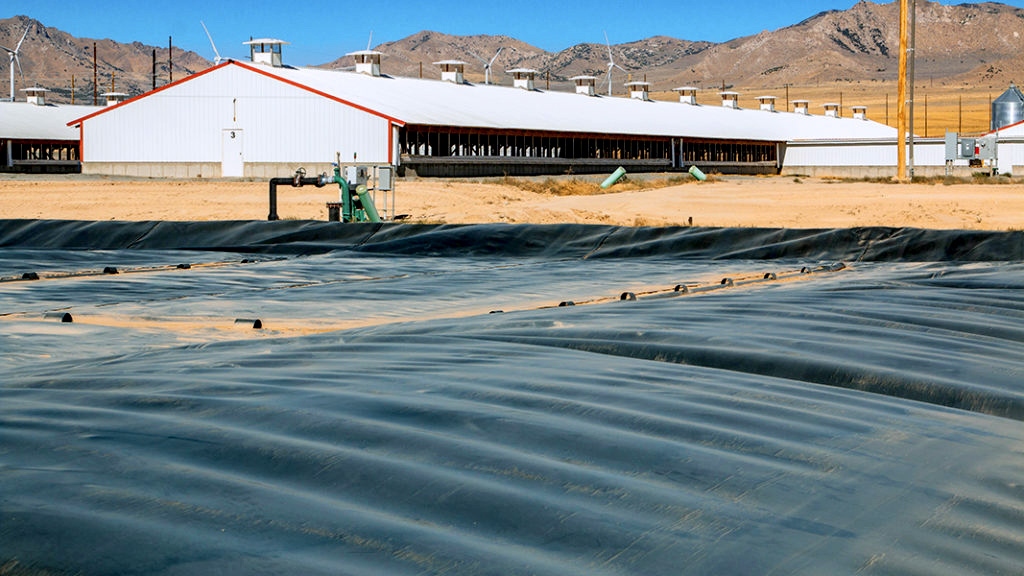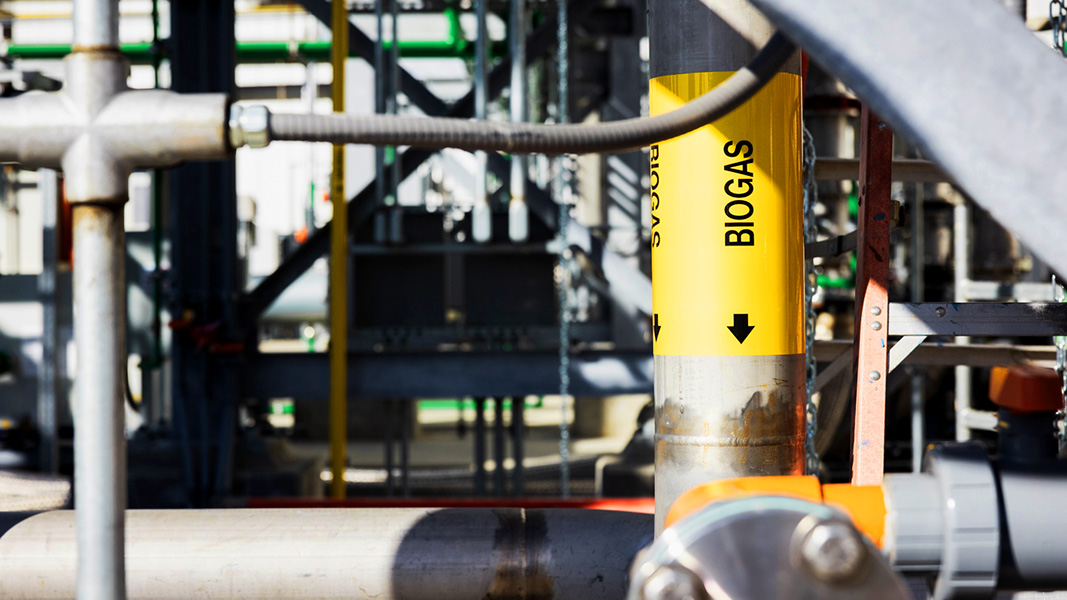Top: Photo courtesy SoCalGas
The U.S. Environmental Protection Agency released the final Renewable Volume Obligations (RVOs) for the Renewable Fuel Standard (RFS) for 2020, 2021 and 2022 in early June. The RVOs are the actual, total volume of renewable fuels that must be blended into the transportation sector during a given year. EPA sets those volumes annually, using statutory guidelines spelled out by Congress in the Energy Independence and Security Act of 2007, after doing an assessment of renewable fuel production. Biogas generated by anaerobic digestion qualifies as either a cellulosic biofuel (D3) or a non-cellulosic advanced biofuel (D5), depending on the digester inputs. The final rule includes 510 million gallons for the cellulosic biofuel category in 2020, 560 million gallons in 2021 (a 10% increase), and 630 million gallons in 2022 (a 13% increase), 95% of which comes from biogas-derived renewable natural gas (RNG). The RVO in 2022 for advanced biofuel is 5.63 billion gallons. By comparison, in the proposed rule EPA released in December 2021, the 2022 obligation for cellulosic biofuel was set at 770 million gallons. The reduction from 770 million gallons to the final obligation of 630 million gallons is greater than the increase in obligations from 2020-2022.
“We understand why the final volumes are lower than anticipated, mostly because of actual year-to-date production, but we are concerned that the lower volumes undersell the true growth of the biogas industry,” says Patrick Serfass, executive director of the American Biogas Council (ABC). “There are several reasons to believe that the actual production coming soon will be significantly higher: new RNG projects have increased by 47% in the last year; on-farm projects have increased by 21%; and major companies have announced investments in new RNG projects totaling over $2 billion — twice the industry’s total investment in 2020. EPA’s final volumes only recognize a 13% growth from 2021-2022. We are hopeful that future volumes will anticipate the higher growth we see from American biogas fuel providers and developers.”
Serfass references an industry assessment released by Energy Vision in March 2022, which identified 230 operational projects in 2021 that were producing enough fuel to displace nearly 574 million gallons of diesel fuel. The assessment also identified 108 projects under construction last year, a portion of which have either started RNG production or will be producing RNG in 2022.

Dominion Energy’s and Smithfield Foods, Inc.’s renewable natural gas (RNG) project in Milford, Utah hog farm, developed through their joint venture, Align Renewable Natural Gas.
The final rule also codified revisions to the definition of an agricultural digester to clarify that only animal manure, crop residues, and/or separated yard waste with an adjusted cellulosic content of at least 75% can be processed in such a digester in order to generate D3 RINs. (RINs are the currency of the RFS and are used by obligated parties as a compliance mechanism to meet the annual RVO mandate.) Food waste is categorized as a non-cellulosic fuel, i.e., it does not have a cellulosic content of at least 75%. “Food waste is essentially protein, sugar and fat,” notes Maureen Walsh, ABC’s federal policy director. “If an agricultural digester takes food waste as an input, it would have to go through a very rigorous and expensive testing process to prove it meets the adjusted cellulosic content of 75%.” The final rule includes a list of the feedstocks that agricultural digesters can process to have an adjusted cellulosic content of at least 75%.
The statutory requirements outlined by Congress in the Energy Independence and Security Act of 2007 to set the RVOs expire after 2022, requiring EPA to propose how it plans to establish the required volumes of advanced biofuels, cellulosic biofuels, and biomass-based diesel, in coordination with the U.S. Department of Agriculture and the U.S. Department of Energy, starting in 2023. “We’ve been told the proposal, which has to be released by September 16, 2022 due to a consent decree, will include how it plans to activate the electric pathway so that digesters and landfills that generate electricity with the biogas produced can have the renewable electricity qualify as a renewable fuel,” says Walsh. “We also expect the rule to propose how facilities that codigest feedstocks with at least 75% cellulosic content with food waste can split the RINs generated into D3 and D5 categories. Given the final rule’s definition of an agricultural digester, we expect that to be very rigorous.”













